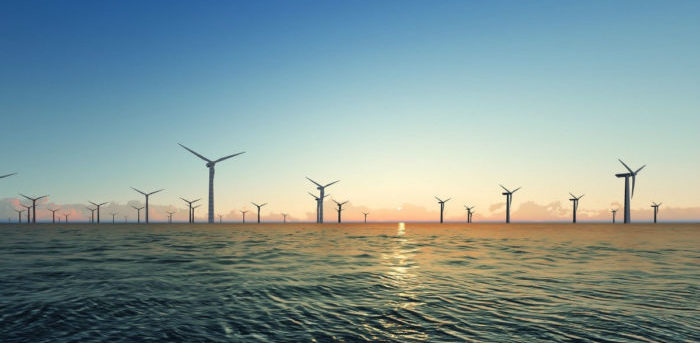The US Energy Information Administration (EIA) released its Annual Energy Outlook 2019 (AEO2019), including a Reference case and six side cases, examining the robustness of key assumptions. The AEO2019 Reference case expects significant continued development of US shale and tight oil and natural gas resources, along with continued growth in use of renewable resources.
The AEO2019 Reference case projects that in 2020, the US will export more energy than it imports, and will be a key net energy exporter through 2050. This energy export growth will be driven mainly by petroleum exports including crude oil and products, and by more LNG exports.
[smlsubform prepend=”GET THE SAFETY4SEA IN YOUR INBOX!” showname=false emailtxt=”” emailholder=”Enter your email address” showsubmit=true submittxt=”Submit” jsthanks=false thankyou=”Thank you for subscribing to our mailing list”]
EIA also highlights the impact of sustained low natural gas prices and reducing costs of renewables on the electricity generation fuel mix. Natural gas will still be having the leading share of electricity generation and will continue to grow, increasing from 34% in 2018 to 39% in 2050. In addition, the renewables share, including hydro, also increases from 18% in 2018 to 31% in 2050, driven by in wind and solar generation.
The report concluded to other significant findings as well, which are the following:
- The US will continue to see record high levels of oil and natural gas production. According to the report, US crude oil production will continue to be achieving annual records through the mid-2020s and remain greater than 14.0 million barrels per day (b/d) through 2040. Continuing development of tight oil and shale gas resources will support growth in natural gas and natural gas plant liquid (NGPL) production, which will reach 6.0 million b/d by 2030, as well as the growth in dry natural gas production. As for dry natural gas production, it will reach 43 trillion cubic feet by 2050. NGPLs grow faster than other fossil fuels, and account for about one-third of the total US liquids production during the projection to 2050.
- US net exports of natural gas will grow, as LNG becomes an increasingly significant export. In the Reference case, US LNG exports and pipeline exports to Canada and Mexico increase until 2030 and then remain constant through 2050, due to relatively low, stable natural gas prices, which make US natural gas competitive in North American and global markets.
- Increasing energy efficiency across end-use sectors will keep U.S. energy consumption relatively stable, even as the US economy continues to expand. US energy consumption grows across all major end-use sectors in the Reference case, with electricity and natural gas consumption growing the fastest. EIA’s AEO2019 also features a Reference case that includes the impacts of current laws and regulations on the US energy industry. Thus, it can be used as a baseline to estimate the impact of potential policy changes in the future.
See more details in the PDF herebelow































































